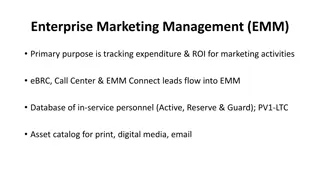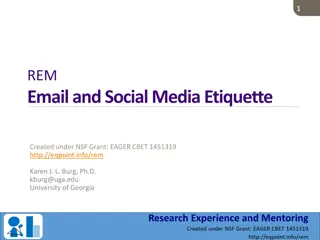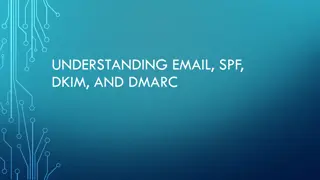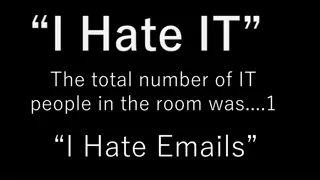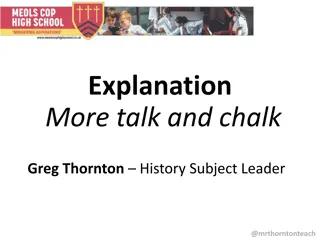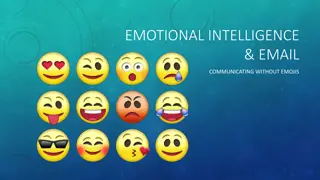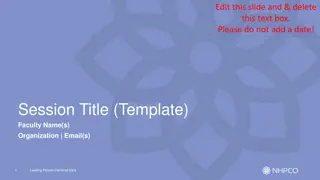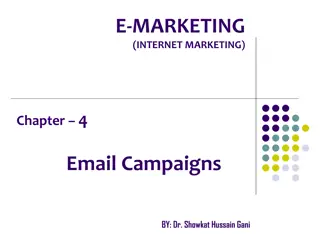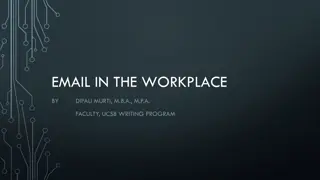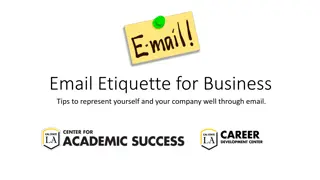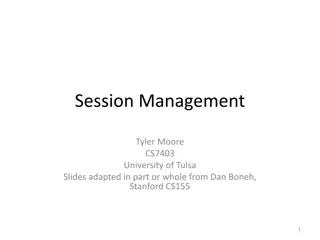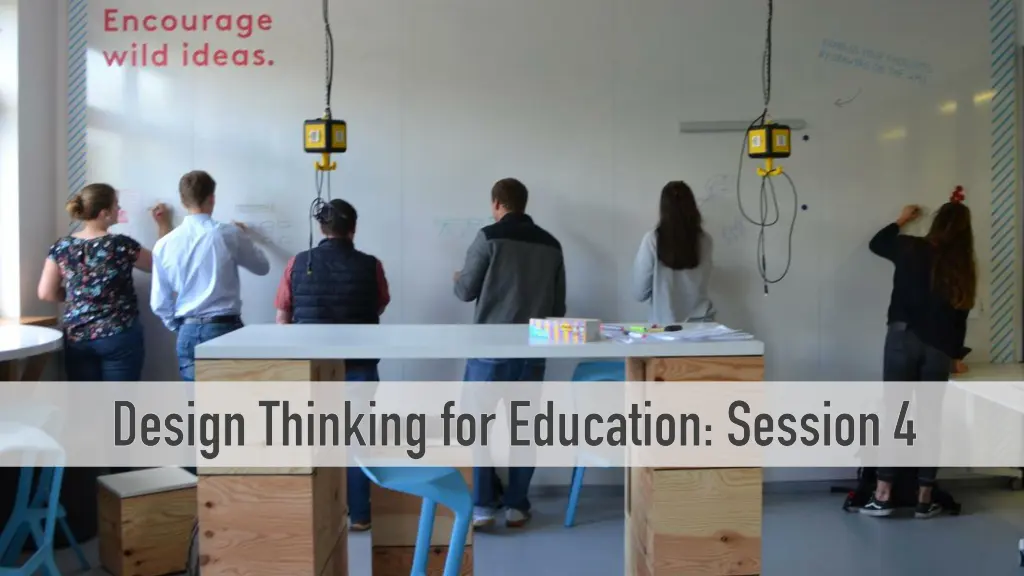
Enhancing Education Through Design Thinking and Cognitive Perspectives
Explore the intersection of design thinking and cognitive perspectives in education, addressing learning science, pedagogy, and metacognition. Discover how to leverage these concepts to become better teachers and support lifelong learning. Dive into sessions on problem framing, organizational redesign, and the use of creative methods in education. Engage with guest speakers on playful pedagogy, makerspaces, and LEGO Serious Play. Unlock insights into how learning works neurologically, cognitively, metacognitively, and socially.
Download Presentation

Please find below an Image/Link to download the presentation.
The content on the website is provided AS IS for your information and personal use only. It may not be sold, licensed, or shared on other websites without obtaining consent from the author. If you encounter any issues during the download, it is possible that the publisher has removed the file from their server.
You are allowed to download the files provided on this website for personal or commercial use, subject to the condition that they are used lawfully. All files are the property of their respective owners.
The content on the website is provided AS IS for your information and personal use only. It may not be sold, licensed, or shared on other websites without obtaining consent from the author.
E N D
Presentation Transcript
Review o Session 1: Everyone is a designer. What is design thinking and what are wicked problems? o Session 2: How do I frame problems? How can we redesign organizations? How can creative methods support leadership capacity? Groups Start o Session 3: All design is redesign. How can we use design thinking to reuse open educational resources? o Session 4: How can design thinking help us be better teachers?
Overview Intro Lecture (5:15-6:30): o What is Learning Science / what are Learning Theories? What is evidence-based pedagogy? Activity: Curricular Planning/ Threshold Concepts (6:45-8:00) o How to connect design thinking to learning science/ pedagogy? Guest Speaker: Making as pedagogy (8:15-8:45) o Michael Vaughn, expert on Makerspaces (unconfirmed) ORgroup work presentations! Guest Speaker Playfulness as pedagogy 9:00-10:00 o Anat Shabi, expert on LEGO Serious Play
How does learning work? Neurological What happens in the brain? Cognitive What happens in the mind? Metacognitive How does the mind monitor what happens in the mind? Social What happens in the environment?
Metacognition: How adults approach learning Learning Strategies Selectivity Knowledge Metacognition
Metacognition: How children approach learning Developing learning strategies Curiosity, Interest & Experimentation Prior Knowledge, malleable Metacognition
Rules & Recognition Social Perspective Tools & Artifacts Groups & Settings
Learn More https://designthinking.web.unc.edu/2022/03/11/session-4-quick-learn-video/
Design Thinking & Pedagogy 1. Approach to Instruction, implementing design thinking in the classroom 2. Tool for Curricular Planning, using design thinking to prepare for the classroom
WhatsInfrastruct What sInfrastruct? Design Thinking ? Design Thinking MarshmallowChallenge 20 SPAGHETTI :: 1 MARSHMALLOW :: 1 YARD STRING::: 1 YARD TAPE o Build the the tallest freestanding tower you can that will support the marshmallow in 18 minutes using only these materials.
MakerSpaceExamples: CardboardCity Kidzu Makerspace 2017 Nasher Museum of Art, 2018
Student Feedback The experience I gained in the design thinking class has had long-lasting impact. During my recent internship I served at a huge vocational school over the course of five months. The school had over 3000 students and almost 200 teachers. Armed with spaghetti and marshmallows, I had absolutely outstanding experiences with the students in the various courses. The students did not take advantage of the unconventionally open structure, as the seasoned teachers had predicted. Instead, they developed their results in both emotional and constructive discussions. This led to a culture shift that teachers in other subjects noticed. They asked me what I had done. Before, classes shifted between lethargic and aggressive, and it was not possible to work. Teaching was a struggle and at least one of student had to leave the room every hour. The activities changed student attitudes. In the course of a typical class session, soda bottles flew across the room and the active participation concentrated chiefly on students having conversations among themselves talking about their weekend. Students were initially hesitant about the Marshmallow Challenge. Within moments, they were hooked. In a subsequent series of lessons that incorporated design thinking elements we discussed what school is good for. This culminated in an open letter the students wrote to their teachers.
Engineering StudentsAs TeacherCandidates o June 2018: Design thinking workshop at Muenster University of Applied Sciences (Germany) o Workshop theme: Pedagogical Planning for Engineers training engineering students to become vocational school teachers o Participants: 10 Students Location: Innovation Lab
Curricular Planning& LessonPlanning Students worked in groups on lesson planning. Students identified threshold concepts.
Design Thinking We randomly assigned threshhold concepts. Students develop a pedagogical approach using design thinking as a technique.
Curricular PlanningwithDesign Thinking 1. Work in your four groups (informal learning, AUW, secondary school) 2. Pick a a topic area, e.g., a course, skill or unit to teach For example: AUW group selects class on study skills (learning how to learn) 3. Create a sketch note or concept map (or both) 4. Identify threshold concepts in your topic area 5. Plan a session (120 minutes) of instruction
Step1: Create a sketchnoteorconceptmap(30 min) Concept map: rectangles, labels, arrows, depicts relationships, structure of topic Sketchnote: symbols, text, icons, shapes,, arrows, illustrations
Threshold Concept (Meyer & Land, 2003, 2010) A 'threshold concept once understood, changes the way a person thinks (Eureka! Aha!): Integrative Transformative Bounded Troublesome Irreversible https://www.aace.org/review/threshold-concepts/


